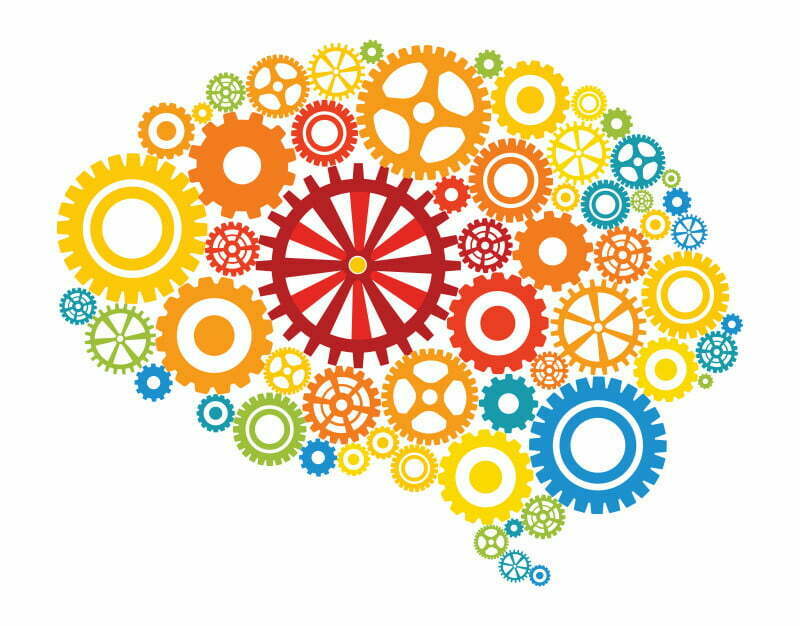Higher levels of lifestyle physical activity — such as housecleaning, walking a dog and gardening, as well as exercise — are associated with more gray matter in the brains of older adults, according to a study published in The Journal of Gerontology: Psychological Sciences.
The gray matter in the brain includes regions responsible for controlling muscle movement, experiencing the senses, thinking and feeling, memory and speech and more. The amount of gray matter in the brain often begins to decrease in late adulthood, even before symptoms of cognitive dysfunction appear.
The study measured the levels of physical activity by 262 older adults. Participants wore a noninvasive device called an accelerometer continuously for seven to 10 days. The goal was to accurately measure the frequency, duration and intensity of a participant’s activities over that time.
The use of accelerometers was only one of the ways in which this analysis differed from some other investigations of the health of older people. Most research that explores the effects of exercise relies on questionnaires, which ask participants to „self-report” their levels of activity, the researchers said. Moreover, questionnaires tend to ask in a fairly non-specific fashion about types and intensity of exercise.
The study compared gray matter volumes as seen in participants’ MRIs with readings from the accelerometers and other data, which all were obtained during the same year. The analysis found the association between participants’ actual physical activity and gray matter volumes remained after further controlling for age, gender, education levels, body mass index and symptoms of depression, all of which are associated with lower levels of gray matter in the brain.
Article: “Accelerometer Physical Activity is Associated with Greater Gray Matter Volumes in Older Adults without Dementia or Mild Cognitive Impairment”
Reprinted from materials provided by Rush University Medical Center.

